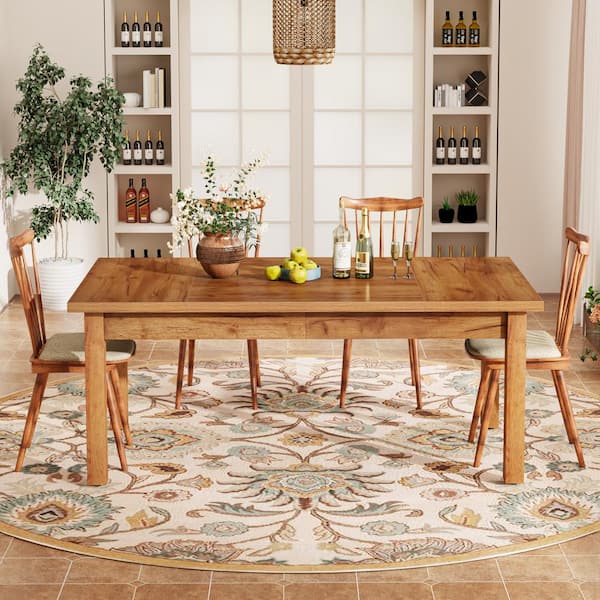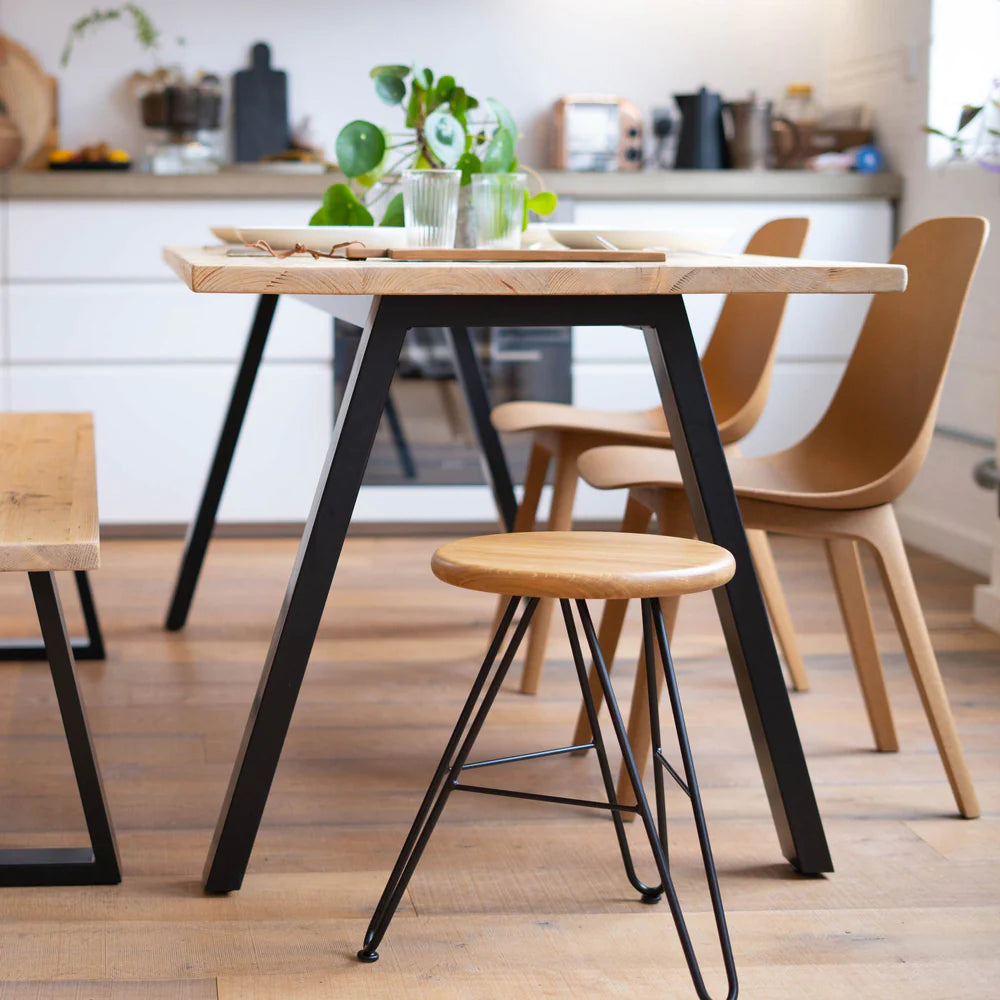Choosing the Perfect Table: What Styles Work Best for Your Home?
Picking the suitable dining table for your home can be a nuanced procedure that balances aesthetic appeals and performance. To browse these selections effectively and locate a table that really enhances your home, take into consideration the following aspects in detail.
Assessing Your Room
Assessing the measurements and format of your eating area is an important initial step in selecting the perfect table. Begin by determining the length and width of the space, representing entrances, home windows, and various other building attributes that can affect table positioning. This ensures that your table not only fits but also enables comfortable movement around it.
Consider the number of individuals you typically entertain. A table should accommodate your household's daily needs while offering enough adaptability for periodic visitors. Generally of thumb, designate a minimum of 24 inches of table width each to ensure a comfy eating experience.
It's likewise necessary to preserve proper clearance around the table. Preferably, there ought to be at the very least 36 inches in between the table edge and walls or various other furnishings, allowing easy accessibility and motion. For areas where chairs with arms or additional storage space systems like buffets are involved, increasing this clearance to 48 inches is suggested.
Illumination and atmosphere play significant duties also. Make sure that your dining table straightens with existing illumination fixtures or prepare for sufficient lights options. This extensive spatial analysis assurances that your dining table not only fits literally however also balances with your room's general performance and aesthetic.
Popular Table Styles

Conventional table frequently feature ornate information, bent legs, and abundant wood surfaces, evoking a feeling of classic style. They are best for homes with traditional design or those aiming to add a touch of sophistication to their eating location.
Modern dining tables prioritize simpleness and clean lines, frequently incorporating products like glass and steel. These tables are optimal for contemporary spaces, giving a smooth and uncluttered appearance that matches minimalist layout ideologies.
Rustic dining tables, on the other hand, stress natural materials and a handmade appearance - dining room table legs. They often include reclaimed timber and a distressed finish, developing a warm and welcoming environment. These tables function well in farmhouse-style homes or those looking for a cozy, natural feel
Industrial eating tables combine basic materials such as metal and timber, typically showcasing an utilitarian visual. This style is appropriate for lofts or metropolitan spaces, including a touch of rugged appeal and resilience to the eating experience.
Each style supplies distinct benefits, making it vital to pick one that aligns with your home's general design and your personal choices.
Material Options
When picking a dining table, the selection of material plays a vital role in figuring out both the table's visual appeals and performance. Timber, metal, glass, and composite find this materials each deal unique benefits and obstacles, making it vital to straighten the material with your home's design and way of living demands.
Wood is an ageless and functional alternative, available in ranges such as oak, walnut, and mahogany. Recognized for its durability and warmth, timber enhances both typical and contemporary interiors. It needs routine upkeep to protect against scratches and bending.
Steel tables, frequently crafted from stainless steel, aluminum, or functioned iron, are applauded for their modern-day allure and effectiveness. They are specifically suited for industrial or minimal setups but can be prone to dents and might really feel cool to the touch.
Glass table bring an air of elegance and visibility, ideal for smaller sized rooms as they develop an impression of even visit this page more space. While simple to clean, glass can be vulnerable to smudges and requires careful handling to stay clear of chips and fractures.
Composite materials, such as MDF and plywood, offer cost-effective and customizable solutions, though they might do not have the durability of natural materials. Selecting the appropriate product ensures your dining table is both a functional property and an aesthetic pleasure.
Shape and Dimension Factors To Consider
After establishing the proper material for your table, the following factor to consider is choosing the best sizes and shape to suit your room. The form of the table substantially influences the area's visual and performance. Rectangular tables, one of the most typical form, are excellent for larger spaces and can suit a higher variety of visitors. They also permit a much more formal eating experience. Conversely, rounded tables promote a feeling of intimacy and are excellent for smaller sized dining locations, encouraging discussion by eliminating edges and making everyone really feel equally consisted of.
Size is just as essential and need to be dictated by both the space's measurements and the number of people you prepare to seat routinely. Generally of thumb, allocate at the very least 24 inches of table size each to ensure comfortable eating. Additionally, think about the table's clearance space: there need to go to the very least 36 inches between the table side and the walls or other furniture. This makes certain that diners can walk around easily without feeling confined. Expanding tables offer flexibility if you often hold bigger celebrations, providing additional seating when needed without occupying additional area daily. Choosing the ideal form and dimension guarantees both functionality and aesthetic harmony in your dining area.
Matching Your Style
Picking an eating table that harmonizes with your existing style is essential in producing a cohesive and welcoming space. Begin by assessing your existing interior layout style, whether it be modern, conventional, rustic, or diverse. The dining table should enhance the overall visual, not contend with it. For instance, a smooth, minimalist table with tidy lines is perfect for a modern-day home, while a vintage, elaborate table suits a much more traditional setup.
Shade and product are equally considerable. If your style features warm tones and all-natural products, consider a wooden table to improve the natural feel. On the other hand, a glass or steel table might be more proper in a room controlled by amazing shades and commercial elements. Pay attention to the surface, as it must mirror various other furniture and fixtures to keep consistency.
Appearance plays an important function too. A rough-hewn, reclaimed timber table can include personality to a rustic area, while a sleek marble surface area can boost a useful source luxurious dining location. Consider the scale and proportion of the table in relation to the area dimension and existing furnishings. A well-matched table not only enhances aesthetic allure however likewise enriches the overall eating experience.

Conclusion
Choosing the optimal eating table requires cautious consideration of area, style, materials, shape, and size. Traditional tables enhance timeless insides with abundant timber surfaces, while contemporary tables suit contemporary setups via glass and steel.